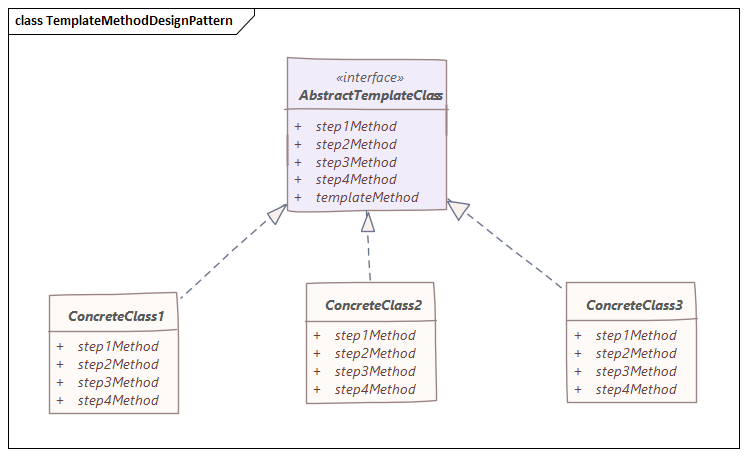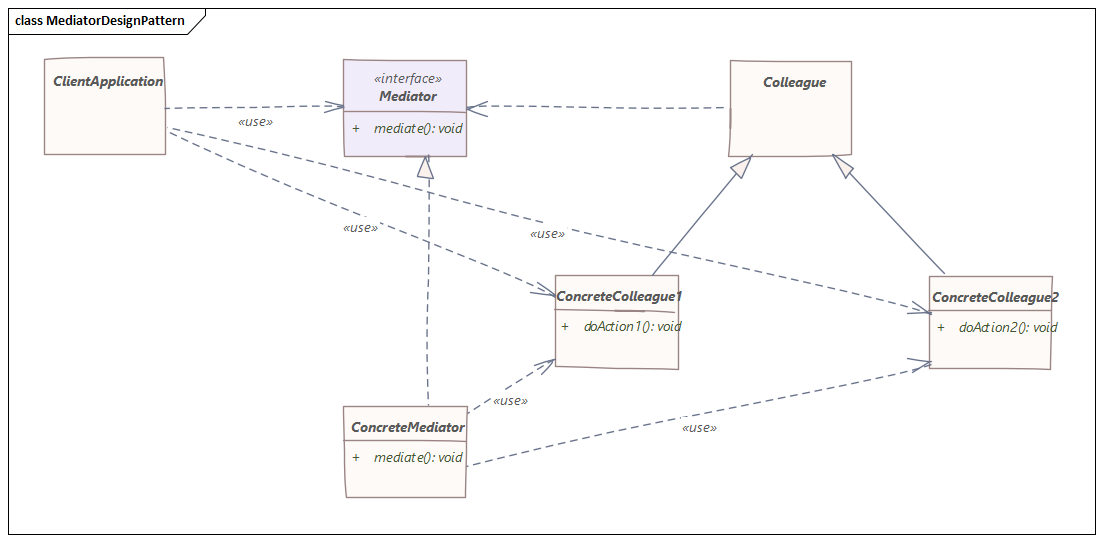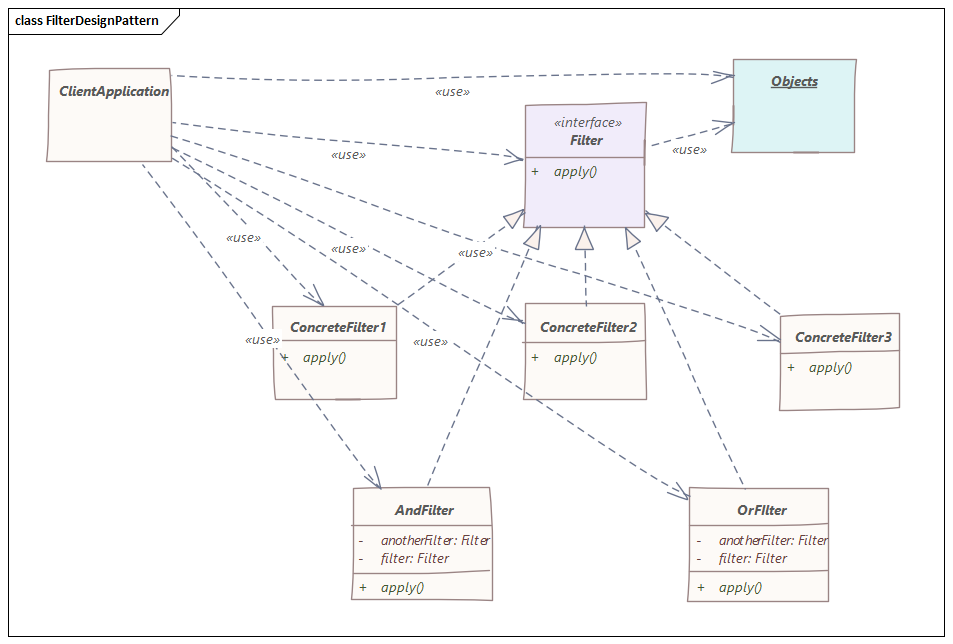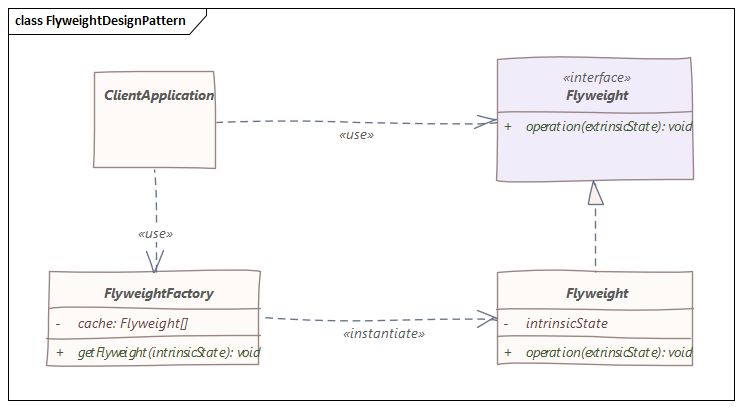Java Message Service (JMS) is a very useful open source that works as a message-oriented middleware.
About JMS
- The Java Message Service (JMS) API is a messaging standard that allows application components based on the Java Platform Enterprise Edition (Java EE) to create, send, receive, and read messages.
- It enables distributed communication that is loosely coupled, reliable, and asynchronous.
- Messaging is a technique to communicate with different software components and/or applications.
- JMS, a messaging service, is mainly used to send and receive messages from one application to another.
- There are different JMS brokers/providers like ActiveMQ, RabbitMQ, OpenMQ, etc.
- I will be using ActiveMQ for this tutorial.
About ActiveMQ
- ActiveMQ is a messaging service that facilitates disparate data at scale in enterprise systems.
- ActiveMQ is a popular open-source messaging service that is built in Java.
- It works as a message-oriented middleware or MoM for short.
Setting Up ActiveMQ
- Java must be installed and set up (JAVA_HOME and PATH variables). I am using Java 8 for this tutorial.
- Download ActiveMQ (we will use "Classic" for this tutorial)



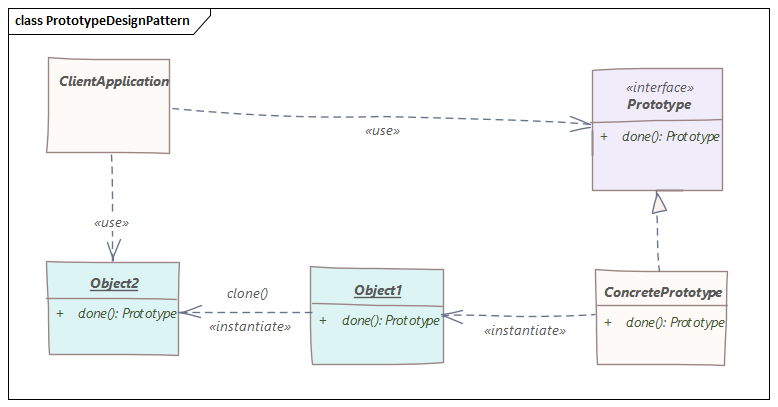 Basic Implementation
Basic Implementation